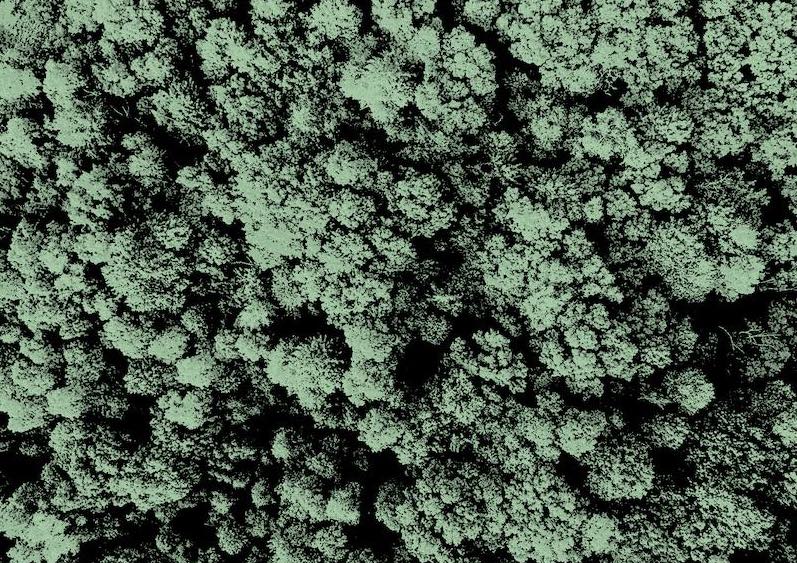What is it about?
From minimal assumptions of analytic continuation and conformal transformations, Mann and Ross had derived a General Relativity (GRT) formulation which introduced the addition of a particle called a 'dilaton' that ensured that a 'd+1' theory would ensure the correct Newtonian limit in 'd' spatial dimensions, as shown by T. Ohta. Herein, we show the '3+1' version of theory, with the right choice of coordinate and gauge conditions in a ADM prescription yields a dilaton field governed by a Logarithmic Schrödinger Equation (logSE). The coefficient of the log term vanishes in the far-field i.e. flat space. Thus, we get part of quantum mechanics from GRT itself. The logSE is also seen in Superfluids and has been proposed as a model for the Higgs field. This paper provides a key piece in a proposed solution to the century-old problem of trying to reconcile General Relativity (GRT) with Quantum Theory.
Featured Image

Photo by Iván Díaz on Unsplash
Why is it important?
From minimal assumptions of analytic continuation and conformal transformations, Mann and Ross had derived a General Relativity (GRT) formulation which introduced the addition of a particle called a 'dilaton' that ensured that a 'd+1' theory would ensure the correct Newtonian limit in 'd' spatial dimensions, as shown by T. Ohta. Herein, we show the '3+1' version of theory, with the right choice of coordinate and gauge conditions in a ADM prescription yields a dilaton field governed by a Logarithmic Schroedinger Equation (logSE). The coefficient of the log term vanishes in the far-field i.e. flat space. Thus, we get part of quantum mechanics from GRT itself. The logSE is also seen in Superfluids and has been proposed as a model for the Higgs field. This paper provides a key piece in a proposed solution to the century-old problem of trying to reconcile General Relativity (GRT) with Quantum Theory.
Perspectives
The mathematical connection between gravity and superfluids has already helped in developing astrophysical models for e.g. galaxy rotation curves in connection with MOND (Modified Newtonian Dynamics). However, the interesting question is: can the Physics of Superfluids give us insight into gravity?
Dr Tony Cyril Scott
RWTH-Aachen University
Read the Original
This page is a summary of: Canonical reduction for dilatonic gravity in3+1dimensions, April 2016, American Physical Society (APS),
DOI: 10.1103/physrevd.93.084017.
You can read the full text:
Contributors
The following have contributed to this page







